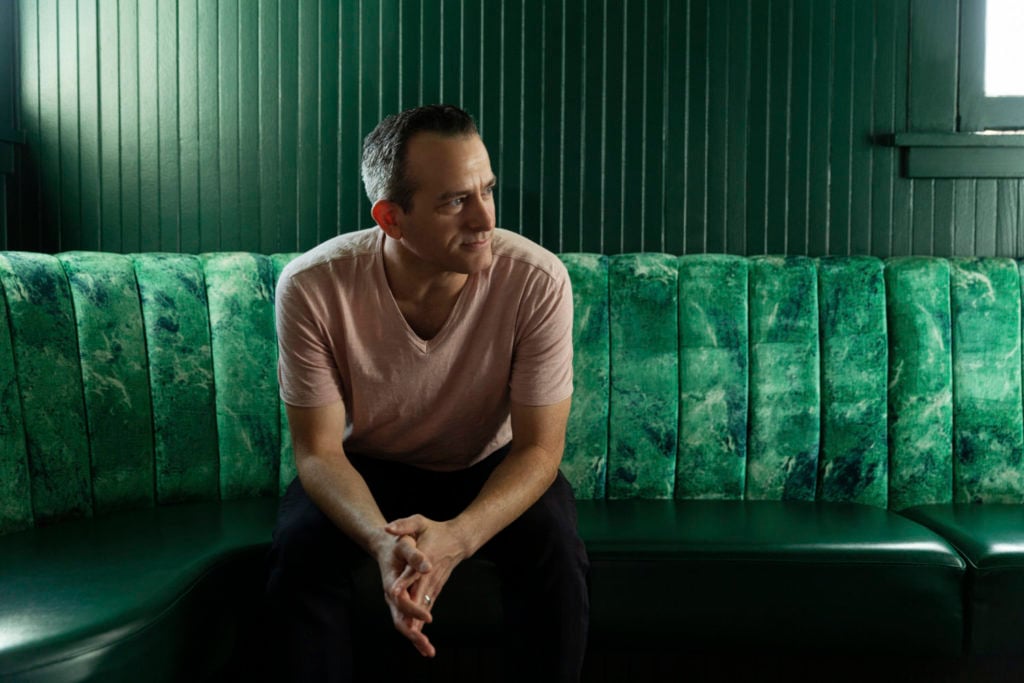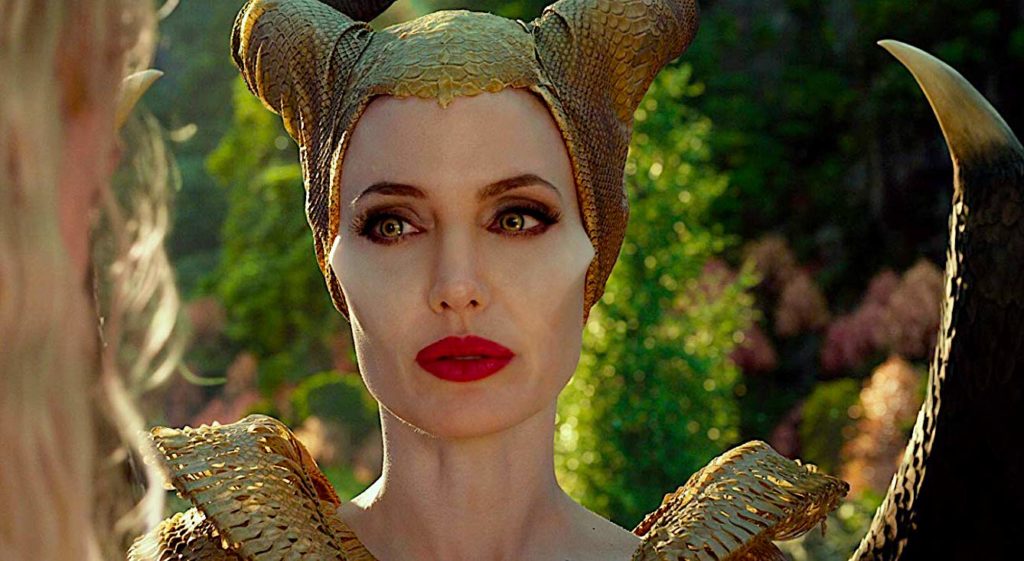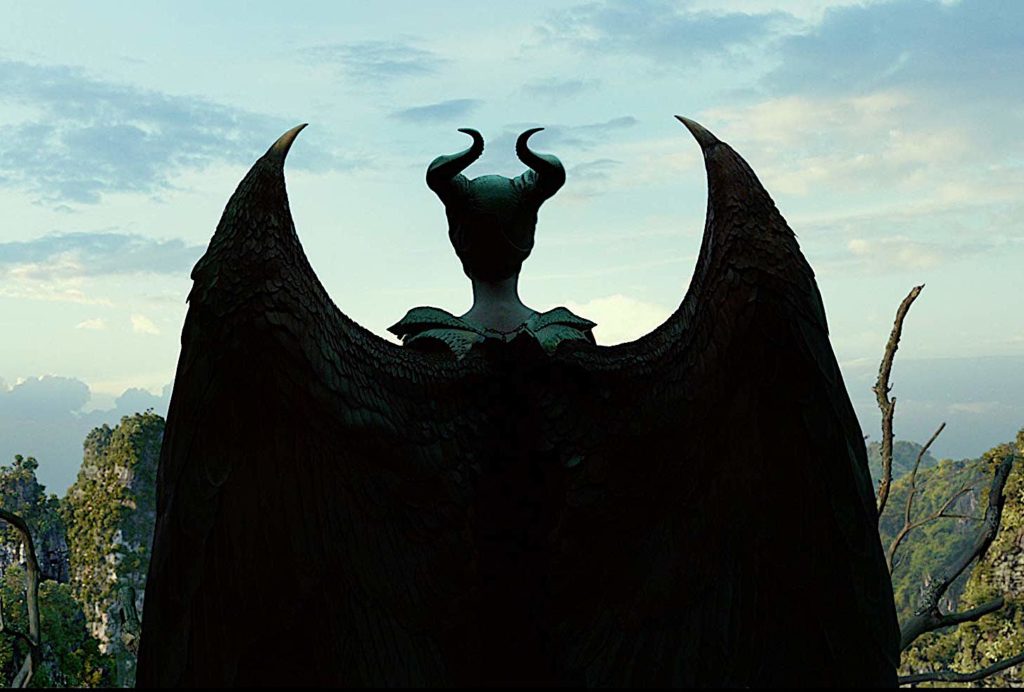Maleficent: Mistress of Evil may not have received the best reviews from critics, but as a Disney fan who saw it and enjoyed it, I must say, what the film might have lacked in storyline, it definitely made up for in stunning visuals. From colorful CGI-generated backdrops to the exquisite costuming (the beloved Disney villain wears bird skulls and bones in one of her most jaw-dropping looks), the film’s look is truly magical. Angelina Jolie embodies the dark villain/heroine once again with a subdued but droll take on the role that works, and her striking features are in many ways a character in themselves. Plot holes be damned, the dark beauty of this film makes it a must see for Jolie fans and fairy tale nerds alike. One element that serves in complementing the enchantment on the screen is the music. Emmy-winning composer Geoff Zanelli created the score and worked on its theme song “You Can’t Stop the Girl.” Here, he tells L.A. Weekly how musical scores can embellish and enhance stories on screen and in particular, how he approaches for his work with Disney so that as a story unfolds, the theater is the most magical place on earth.
L.A. Weekly: What kind of vibe were you trying to capture with the score to Maleficent: Mistress of Evil?
Geoff Zanelli: The phrase that kept popping in my head as I wrote the score was “timeless, not trendy.” That’s what guided the writing. It was important to not lose sight of the roots that the world of Maleficent has in classic fairy tales, so a great deal of the score is written with that in mind. That said, with the Dark Fey, there was an opportunity to write something more modern. Maleficent learns that she is just one of many Dark Fey, that there is a whole society of marginalized fairies which comes across in the film in a very relevant way. In that part of the story, I was looking to create a sonic culture for the new characters that hinted at their diversity, and the fact that they don’t line up exactly with a counterpart in human culture.
What was the process of working with Bebe Rexha on the film’s theme song “You Can’t Stop the Girl” like? How does it fit into the story?
We all got to hear an early version of the song that Bebe recorded and all of the filmmakers latched on to it immediately. I thought, what if there’s a way to take this song and bring it slightly more into the world of Maleficent, so I wrote an orchestral and choir arrangement to compliment Bebe’s extraordinary vocal performance, and the other, more band-like elements that were already present.

Geoff Zanelli (Piper Ferguson)
How did you update the classic sounds from Sleeping Beauty with this project? Were you seeking to modernize it or just reinterpret it?
Well, I thought the score for the first Maleficent film did enough to pay homage to Sleeping Beauty, and since we’re now expanding the world I didn’t want to go back and mine the score and songs from that classic film. Though, of course, I was aiming at a sense of timelessness in the score, which means I employed a large, symphonic orchestra and choir, and in that way it definitely relates to classic Disney scores.
How was this project different or similar to working on Pirates of the Caribbean: Dead Men Tell No Tales, Christopher Robin, or The Intruder?
All film music exists in service to the story it’s written for, so in that sense there’s a similarity in how all scores work. But, of course, something like The Intruder, which is a home invasion story, the actual style and sound of the music is completely different. One is me scratching on a cello at 2 a.m. and grunting into a microphone, and the other is carefully curated notes given to a 108-piece orchestra, meticulously performed at Abbey Road Studios.

Maleficent: Mistress of Evil (Disney)
That’s really the luck of my career, though. I get to change hats every time I start something new, and I always write something bespoke to the project I’m scoring. I’m proud of that, and it’s not lost on me that it’s a blessing to get to re-invent myself each time out. It’s one of the reasons I became a film composer, actually, instead of trying to go on tour as an artist.
You’ve worked with Disney a few times now. What’s that like?
Yes, it dawned on me recently that I’ve become one of the go-to composers for Disney and I love that! I couldn’t have asked for more. They, as a studio, support their composers completely, and I’ve had the pleasure of working with them for years now. There’s a sense at Disney that you’ve joined a group of hard-working people who are constantly trying to improve their work. That goes for all departments.

Maleficent: Mistress of Evil (Disney)
Their film music department, in particular, really understands the value of having great musicians play these scores, and they go above and beyond to facilitate that. It’s a luxury to record in London or Los Angeles with world class musicians. It’s hard to understate the role that studios play in keeping orchestral music alive, actually.
What else do you have coming up? I saw you are scoring Black and Blue from Screen Gems — what’s that about and what’s the music like?
Black and Blue is another great example of me changing hats, actually. My orchestra for that was 12 musicians. Oh, and some guitars and synthesizers. It’s very, very different from Maleficent, a more hybrid, electronic sound for one, and it relies less on melodic content than on tension and mood.
What are the challenges of what you do and what is your favorite part?
The biggest challenge is after you get the job scoring a movie, but you still have a blank page of sheet music in front of you. I’m being figurative, composers don’t really write on sheets of paper anymore, but you know what I mean… It’s terrifying to look at the task of writing a film score before you’ve got the first notes going. I find I have to break it down into smaller and smaller problems before I can get much done, because otherwise it feels practically impossible.
But, at the same time, my favorite part is once the ideas start actually working in favor of the film. Not just having ideas flowing, but actually working through them and finding things that start to make the film better. It’s gratifying at the end if I end up feeling like the movie is better off for me having been involved.
More about the work of Geoff Zanelli here.
Advertising disclosure: We may receive compensation for some of the links in our stories. Thank you for supporting LA Weekly and our advertisers.

